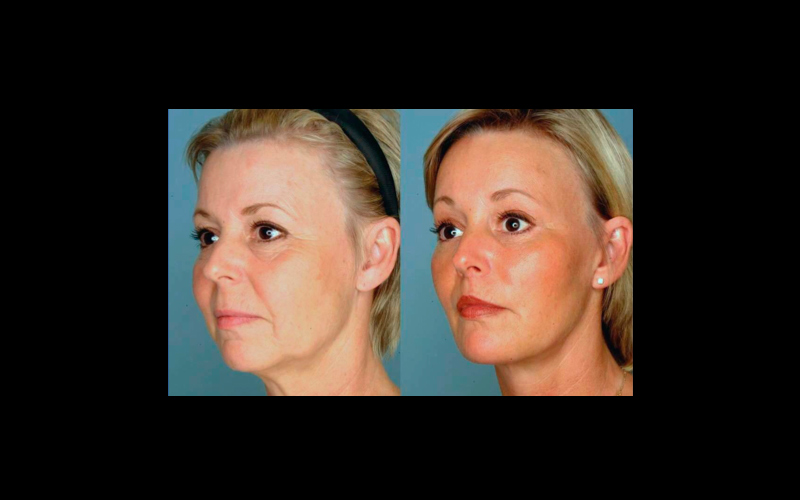Facial Beautification / Facial Rejuvenation
“Beauty is the first present nature gives to women and the first it takes away.”
-George B. Mere
I suppose the above quote sounds biased ! Let’s level the playing field by stating that, “Handsomeness is the first present nature gives to men and the first it takes away”. Okay, now we’re even! In all actuality, beauty can be found in both sexes. Let’s define this concept next:
Beauty is defined as that quality or combination of qualities (or characteristics) in something that evoke in the perceiver a combination of strong positive emotion and a high degree of attraction. The stronger or more intense the evoked beauty response is, then the more beautiful that quality is said to be. Although this definition is very subjective, facial beauty has been analyzed, and the proportions measured since the times of the ancient Greeks. They described the so-called “golden proportions” that exist between the different segments of the face. This golden proportion (1.6/1) has a mathematical ratio of: 1.618. All beautiful elements in nature, including the human body, particularly the face, have this golden proportion. Humans do not analyze these proportions when appreciating beauty. It is an unconscious reaction.
The visual perception of beauty in the face is function of four characteristics: color, texture, size and form (or shape). Size is related to the golden proportions. The cosmetic industry (and recently surgery) has thrived for centuries because the need to enhance the color and texture of the skin. Similarly clothing, hats, hairstyles etc. have been used to give an illusion of a pleasing facial size. Shape has been a more elusive quest and also related to the golden proportions. The Marquardt beauty analysis uses multiple decagons which construct is similar to the structure of the DNA. Each decagon also uses the golden proportions. In my studies, and to further expand previous studies, I found several important geometric findings. The face has multiple polygons that provides to the face highlights and shadows, which I call faceting. The more beautiful the face the more facets it has. The face also has curves that soften these facets. I have discovered a series of reciprocal curvilinear lines in a form of asymmetric S shape or sigma. It is called “Ogee line”. The most important of these are the double Ogee line of the face that is seen in a ¾ view. The upper small Ogee corresponds to the forehead and brow and the larger Ogee correspond to the midface. Both are continuous to each other. The maximal projection of the lower Ogee I called the zygomaxillary point.
Knowledge of this complex aesthetic analysis is important to provide to patients the appropriate recommendation and application of the correct surgical technique. Another important consideration is that the face is composed of several concentric structures that need to be addressed if you want to provide a comprehensive analysis and treatment. The deeper structure is the skeletal foundation that I call it the facial Matrix. During aging, all the structures are affected and the bone also tends to melt with time. I can reconstruct this foundation with facial implants. After the matrix is enhanced, the rest of the structures will have a better foundation where to lean and get supported. You can complete the beautification and rejuvenation with fat injections and different techniques of face lifting. You can also combine techniques of subtraction with techniques of augmentation to obtain angularity and provide a better shape to the face and neck.
